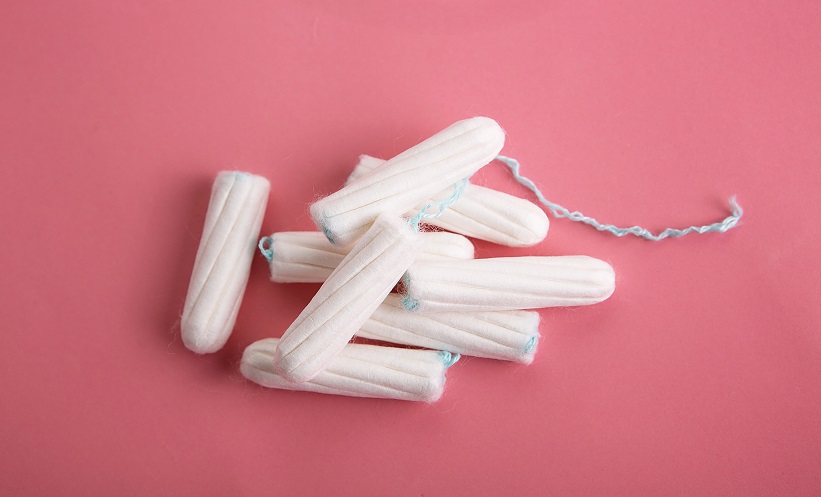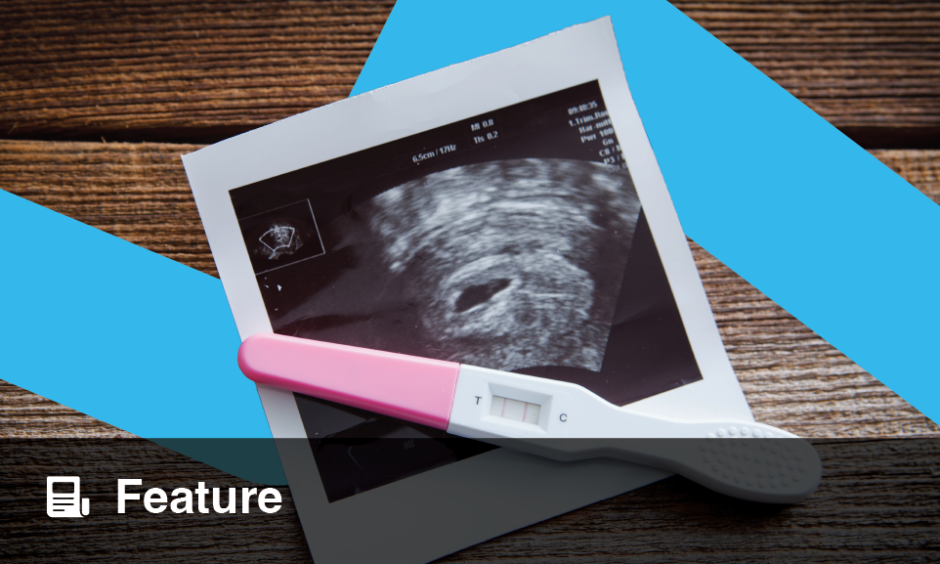TAMPONS have been found to contain toxic metals like lead, arsenic, and cadmium, according to a new study published by the University of California, Berkeley, USA. This is a significant cause for concern as the skin of the vagina has a high potential for absorption, and researchers estimate that more than 100 million people who menstruate in over 120 countries use tampons. Metals have been found to damage the liver, kidneys, brain, cardiovascular system, and neuroendocrine system, increasing the risk of dementia, infertility, diabetes, and cancer.
Researchers investigated levels of 16 metals (arsenic, barium, calcium, cadmium, cobalt, chromium, copper, iron, manganese, mercury, nickel, lead, selenium, strontium, vanadium, and zinc) in 30 tampons from 14 different brands. Samples were microwave-acid digested and analysed by inductively coupled plasma mass spectrometry. Concentrations were compared between tampon characteristics such as region of purchase, organic material, and brand.
The team found measurable concentrations in tampons of all 16 metals assessed. Furthermore, elevated mean concentrations of several toxic metals were recorded, such as lead (geometric mean [GM]: 120 ng/g), cadmium (GM: 6.74 ng/g), and arsenic (GM: 2.56 ng/g). Metal concentrations differed by region of tampon purchase, organic versus non-organic material use, and store-bought versus named brand. Specifically, lead concentrations were higher in non-organic tampons, while arsenic was higher in organic tampons. Overall, consistently lower concentrations of all or most metals could not be linked to a specific tampon characteristic.
Lead author, Jenni Shearston, School of Public Health, University of California, Berkeley, commented: “Despite this large potential for public health concern, very little research has been done to measure chemicals in tampons,” adding that this was the first study to do so. The research team concluded that it remains unclear whether the metals detected in this study contribute to negative health effects, and proposed that future research would benefit from testing how these metals leach out of the tampons before being absorbed by the body. These findings highlight the need for regulations requiring the widespread testing of tampons by manufacturers.
Abigail Craig | EMJ
Reference:
Shearston JA et al. Tampons as a source of exposure to metal(loid)s. Environ Int. 2024;DOI 10.1016/j.envint.2024.108849.








